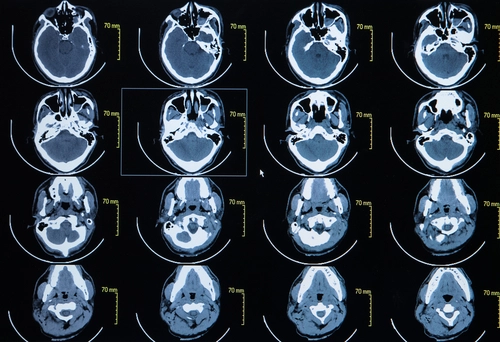Radiology Coding Alert
CPT® Coding:
Here’s How to Identify the Correct CTA Code for Abdominal Scans
Published on Wed Apr 20, 2022

You’ve reached your limit of free articles. Already a subscriber? Log in.
Not a subscriber? Subscribe today to continue reading this article. Plus, you’ll get:
- Simple explanations of current healthcare regulations and payer programs
- Real-world reporting scenarios solved by our expert coders
- Industry news, such as MAC and RAC activities, the OIG Work Plan, and CERT reports
- Instant access to every article ever published in Revenue Cycle Insider
- 6 annual AAPC-approved CEUs
- The latest updates for CPT®, ICD-10-CM, HCPCS Level II, NCCI edits, modifiers, compliance, technology, practice management, and more
Related Articles
Other Articles in this issue of
Radiology Coding Alert
- Case Study:
Study Up to Code This Report of Spondylosis With Stenosis
Find out if 72149 covers the S1 region. Lower back pain can be, well, a [...] - CPT® Coding:
Here’s How to Identify the Correct CTA Code for Abdominal Scans
Remember that contrast injection is included with CTAs. You may have computed tomography (CT) coding [...] - Modifiers 101:
Refresh Your Knowledge of Technical or Professional Component Modifiers
Isolate the differences between the 26 and TC modifiers. While described by a single code, [...] - You Be the Coder:
Land the Trick of Coding This Skateboarding Injury
Question: A 52-year-old patient arrived at our emergency department (ED) with severe left leg pain. [...] - Reader Questions:
How Many Codes Are Needed for 3-Finger X-rays?
Question: Our radiologist captured posteroanterior (PA) and oblique X-ray views of a patient’s right third, fourth, [...] - Reader Questions:
Master MRI Coding of a Brachial Plexus Injury
Question: A 24-year-old patient with a history of playing football presented to our radiology practice for [...] - Reader Questions:
Add Different Lateral X-ray Views to the Total
Question: A patient presented to our radiology practice with low back pain. The patient’s primary care [...]
View All




